In a recurring feature, this month we zoom in and take a special, closer look at German airgun manufacturers, Weihrauch.
Weihrauch is one of the oldest gun manufacturers still in business today – the start of the company dates back as far as 1899. One fun fact to note is that the business was started in a town called Zella-Mehlis, where gun makers Walther and Anschütz also began! The original founder of the business was Hermann Weihrauch Sr. who was a superb hunting rifle manufacturer, and along with his three sons they created the business, making a selection of small bore rifles, along with a range of shotguns. These models had an excellent reputation for outstanding quality, as the Weihrauch range still does to this day. Of course,Weihrauch were affected by both World Wars and were evicted from Germany post WWII as their factory fell inside the Soviet zone. From here Hermann Weihrauch Jr. (one of Hermann Weihrauch Sr.’s sons) started off the Weihrauch firearms business in the 1950’s but with the aim to produce the finest sporting airguns in the world.
Beginnings : 1950s
Several models were produced from around 1950 onwards including the HW50V, the HW25 and HW55. The HW55 quickly became one of Europe’s leading break barrel target rifles, which was a massive help to kick start the company’s reputation in the airgun market. The Weihrauch HW35 was released in 1955 and has been one of the most successful air rifles in the world, and is still in production today, which makes it the longest running model in airgun history.
HW35 Air Rifle
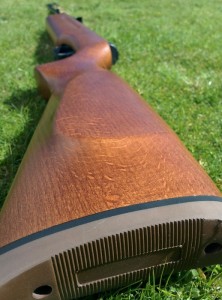
The HW35 is a full size sporter air rifle which has a spring powered action and has been a firm favourite with hunters and target shooters for many years. The rifle was the first model to feature the Rekord trigger, which has become synonymous with the Weihrauch brand thanks to its fantastic operation and full adjustability. The HW35 didn’t have a massive power output compared to some of today’s rifles but was one of the more powerful models for its time. Weihrauch have never forgotten this rifle over the years and have produced several special edition models, a favourite of mine being a gold plated model with a walnut stock of which only one was produced to mark the 1 millionth serial number.
Weihrauch produced their first air pistol in 1970 which is called the HW70. This air pistol is a standard break barrel air pistol and takes on a striking black appearance which this day is nicknamed the ‘Black Arrow’. This pistol is also still in production and is a great little pistol, ideally suited towards target shooting.
1970s
From the 1970s onwards, a close connection between Weihrauch and the USA importers, Beeman Precision Airguns, led to the production of a new rifle tailored to the high power requirements of US users. The design was loosely based upon the HW35 but was a lot larger which led to increased power, and combined American styling and features with German engineering. This rifle if you haven’t guessed already is the legendary Weihrauch HW80 (sold in the US as the Beeman R1). This rifle is credited as introducing the American market to full size airguns as it can push out pellets at around 18 ft/lbs of energy making it ideal for hunting. The HW80 is also a massive hit here in the UK where it is available in FAC or sub 12 ft/lbs and is regarded as the ‘workhorse’ as it is just an awesome piece of airgun engineering and is really built to last.
Weihrauch HW45
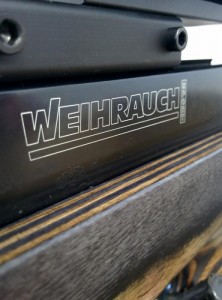
From here multiple other rifles and pistols have been produced over the years such as the Weihrauch HW45 air pistol which was another German and American collaboration with the Americans designing its classic Colt 1911 styling, and Weihrauch producing the internals. The internals are quite unique to the HW45 as it features a dual power cocking system which has made it a favourite amongst target shooters and pest controllers.
The HW70 led a few years after this pistol which features very similar styling, but with a more target orientated single stroke pneumatic firing system which has minimal recoil to improve consistency.
HW77
The Weihrauch W77 was the next milestone rifle to come out of the Weihrauch factory and was an under lever rifle which had become incredibly popular amongst target shooters in Europe and the UK.This rifle didn’t sell well in America, though, as it had a modest power output compared to the HW80. The HW77 is available in both standard and carbine lengths and the direct barrel loading system were rather innovative for its time, which massively improved accuracy compared to other models of its day. The sporter style stock was perfectly designed for shooting with a scope which target shooters absolutely loved, and still do to this day. After the great success of the HW77, Weihrauch produced another underlever air rifle but with a larger compression chamber, larger selection of stocks and finishes and without any open sights, called the HW97. This is more inclined towards serious hunters and target shooters as it is a large, heavy rifle but is superbly accurate and can be fitted with a sound moderator to reduce the heard muzzle blast.
HW90
The Weihrauch HW90 was the next rifle to come from Weihrauch, and this time it was a collaboration with the old English airgun company Theoben, and includes their most notable airgun innovation, the gas ram system. Th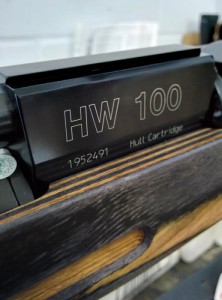 is system offers multiple advantages over the conventional spring such as lower recoil, no loss of power over time, and increased accuracy and consistency. The HW90 had a classic sporter stock and has been a firm favourite over the past years with hunters and pest controllers thanks to its high power output and fantastic build quality.
is system offers multiple advantages over the conventional spring such as lower recoil, no loss of power over time, and increased accuracy and consistency. The HW90 had a classic sporter stock and has been a firm favourite over the past years with hunters and pest controllers thanks to its high power output and fantastic build quality.
Weihrauch HW100
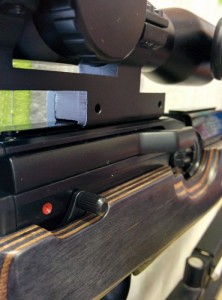
Weihrauch have also in more recent years been a pioneer in the world of Pre Charged Pneumatic airguns with their HW100 rifles, and the New for 2016 HW110. The Weihrauch HW100 is a multishot PCP rifle with a side lever action which Weihrauch were one of the first to develop. A 14 shot magazine loads the pellets and an anti-double load system makes the rifle more usable and safer than others on the market. One of my favourite features of the HW100 is the Weihrauch barrel fitted with one of Weihrauchs high efficiency silencers which makes the rifle so quiet, you sometimes don’t know if it has fired or not. The HW110 is the latest PCP rifle and has a 10 shot magazine and a synthetic stock and comes at a lower price than the HW100 and has already been a big hit with consumers and the airgun press.
A Marque of Quality
Weihrauch never forget their high quality standards and examples of their products just keep working and working. I personally have a HW35 which dates from the 1970s, and despite its physical appearance the accuracy is phenomenal and I wouldn’t change it for anything!
To learn more about Weihrauch, head to their collections page, or to our Weihrauch brand page for a full list of products. And you can check out the official Weihrauch official site here.
Love Weihrauch? Own one of their airguns? Tell us what you think of the brand in the comments below.

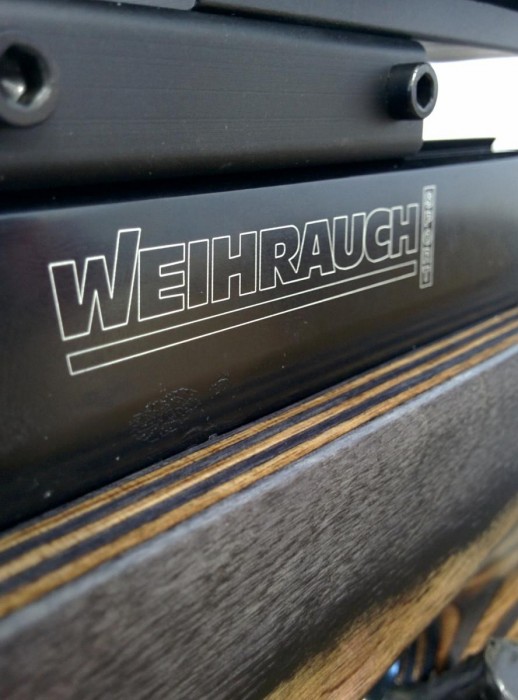
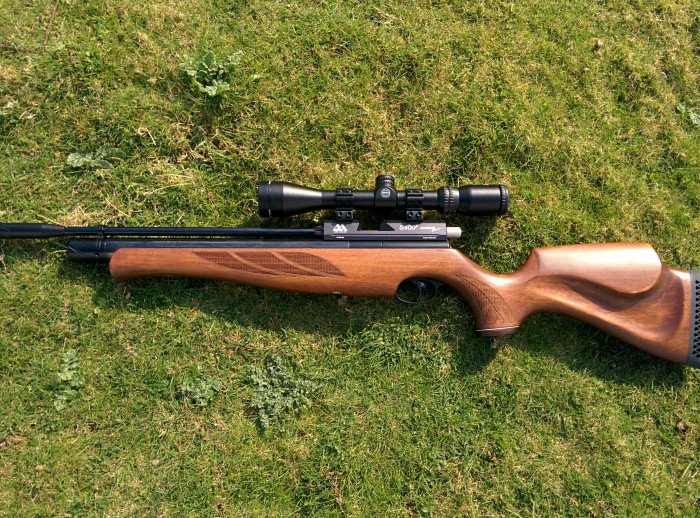
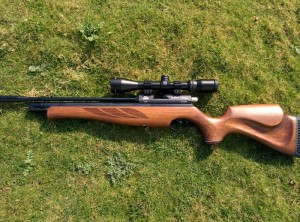
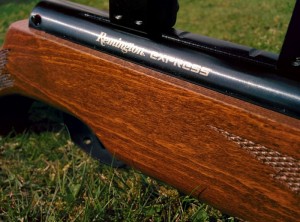
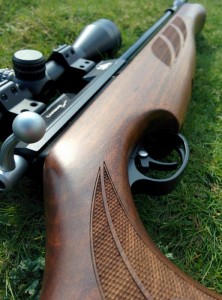
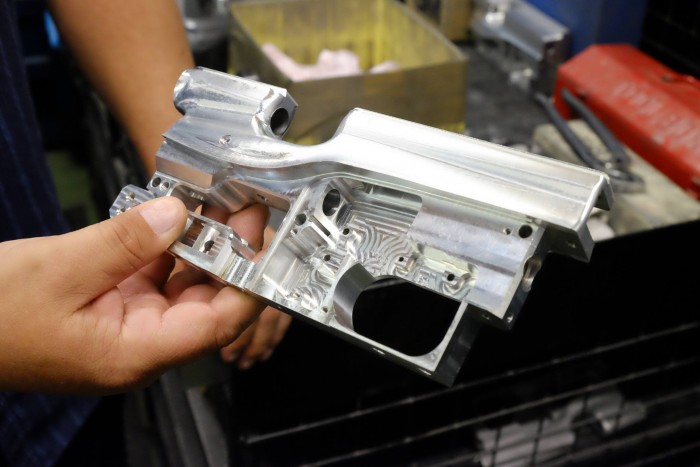
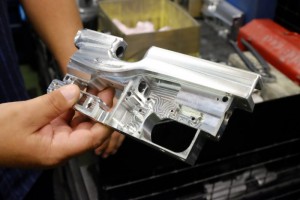
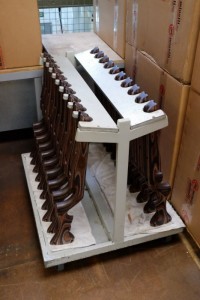
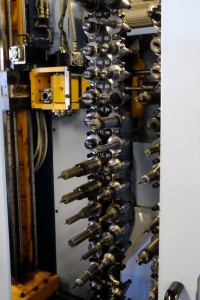
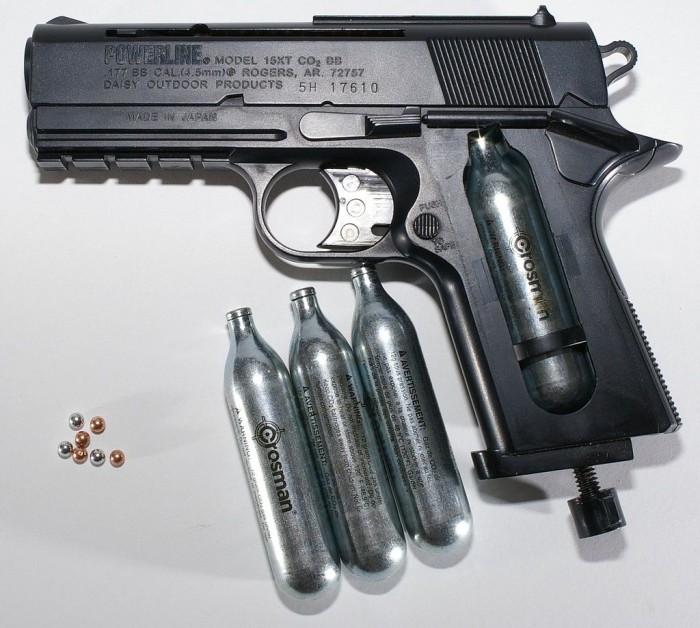
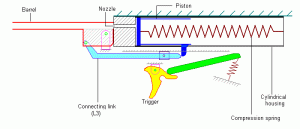
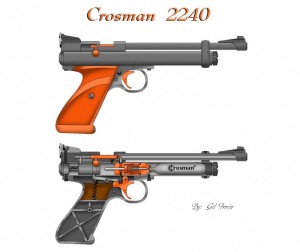
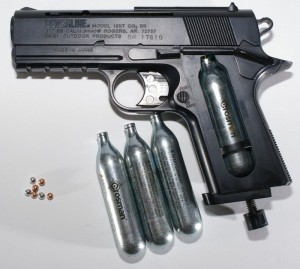
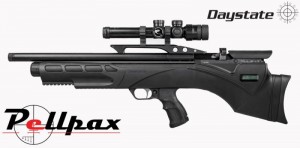
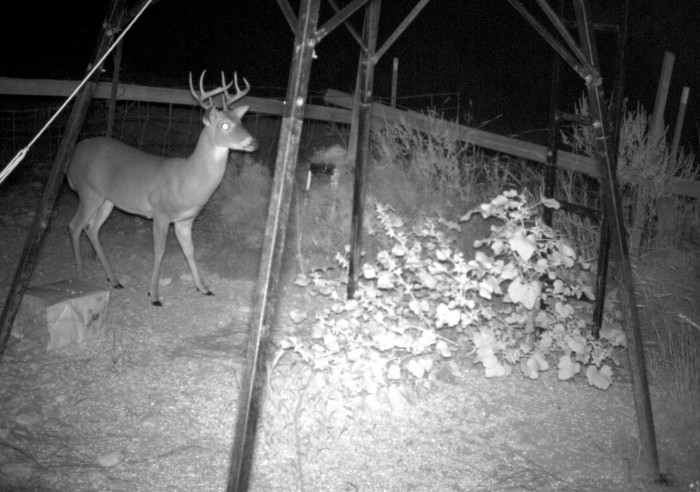
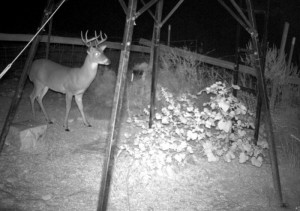
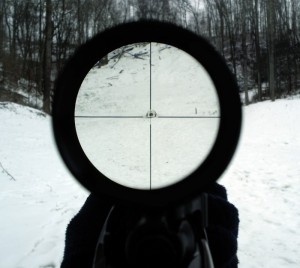
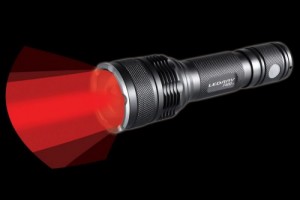
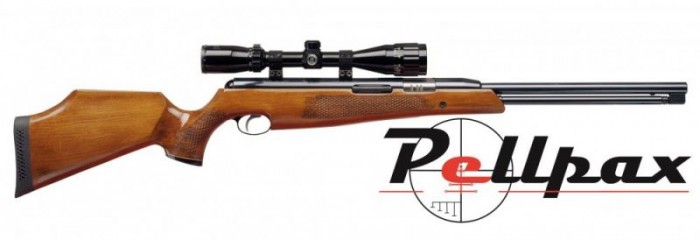
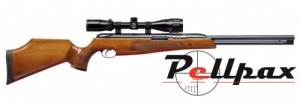
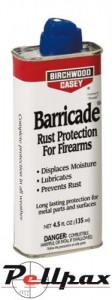
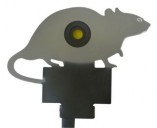
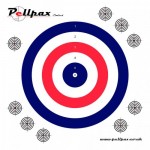
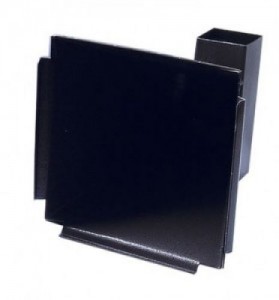

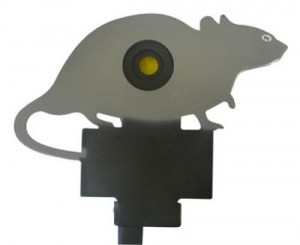



 6) If you’d rather stand upright, that’s fine, but in either case, don’t hold the rifle too tightly, let it sit on your shoulder, and support the weight of it with your forward hand. This is because holding your rifle tightly can affect your aim.
6) If you’d rather stand upright, that’s fine, but in either case, don’t hold the rifle too tightly, let it sit on your shoulder, and support the weight of it with your forward hand. This is because holding your rifle tightly can affect your aim.